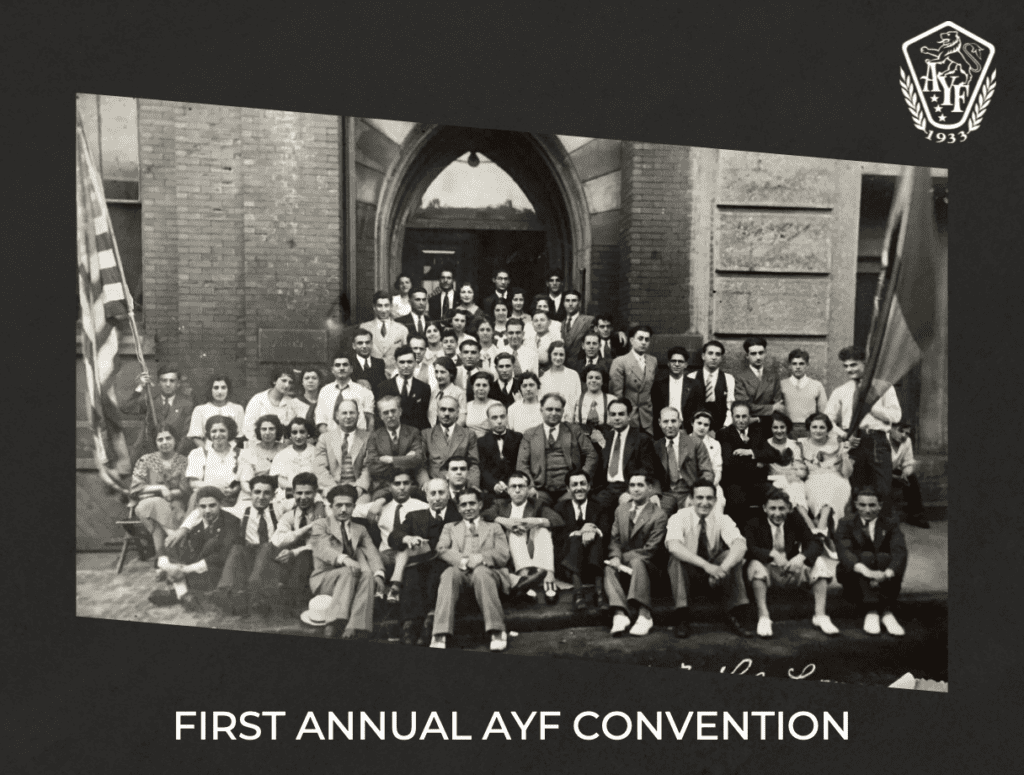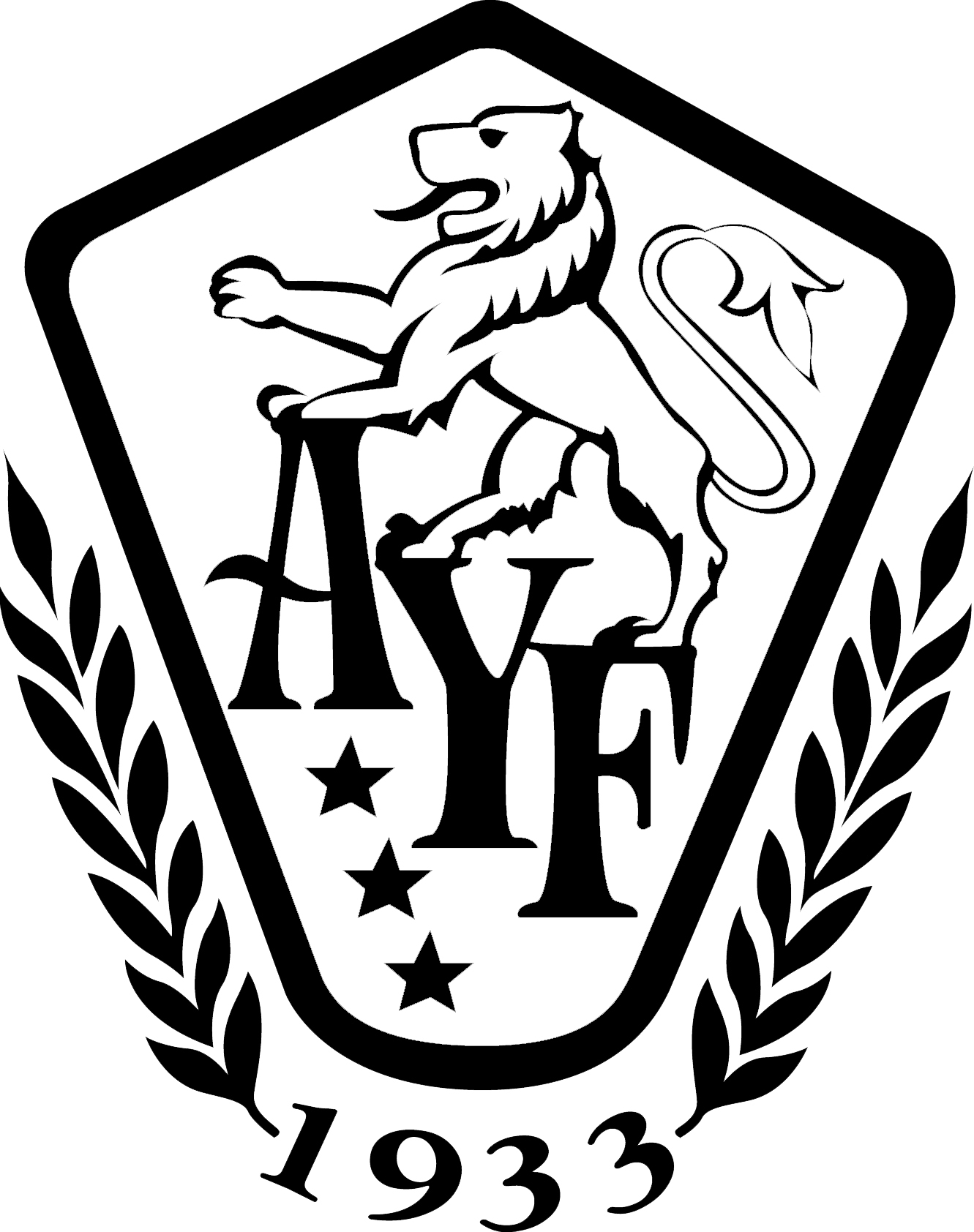Your cart is currently empty!
After the First World War and the injustices the Armenian nation suffered in 1915, the surviving Armenians migrated to other nations in search for peace and opportunity. Many of these Armenians who flocked to the United States joined those who had moved here in the early 1890’s. The Armenians in the United States were sure that with the help of the great powers of the world, they would soon move back to their homeland, which would be a free, independent, and united Armenia. They encountered many difficulties in the new country. Much like the others who had just entered the United States. To deal with such difficulties and emotional stresses suffered due to the Genocide, the Armenians made their culture the core of Armenian life.
After the Treaty of Lausanne, Turkey was recognized Turkey as an independent nation and in turn meant that Western Armenia was no longer in the hands of Armenians. With the rise of the Bolshevik regime, Armenians saw that their hope of returning to their nation was now a distant dream. The Armenians in the United States now saw that they needed an organized structure in order to keep the Armenian culture alive.
The ARF Gomidehs in the United States started to create youth groups across the nation. These groups included the Abrilian Sanner, Hyortiks of New York, Gaidzags, Raffis, and the Arams of Worcester. These groups were set up on the localized basis but all of them had a unifying goal, which was the belief that someday Armenia would become a free, independent, and united nation.
On January 14, 1933, which is marked as the founding date of the Armenian Youth Federation, the ARF Central Committee of America decided to create a national youth organization by combining the existing ones and setting up new chapters where such groups did not exist. After the decision was made, an invitation was sent to representatives of interested youth groups in the East Coast to join a conference on Sunday, July 16, 1933, in the old Hairenik Hall in Boston. The conference was to discuss the unification of the interested youth groups.
Forty youths, from Boston, Brockton, Chelsea, Lawrence, Lynn, Watertown, Whitinsville, and Worcester, were present at the unprecedented conference. This conference decided to hold a convention in June of 1934, at which time the elections of the first Central Executive of the AYF were to be held. They also decided the ARF should appoint a committee of seniors to assist the organization for the coming year.
In the 1933-34 fiscal year many new chapters were formed across the country. It was due to the inspirational teachings of charismatic General Karekin Njdeh that the AYF attracted thousands of members and supporters during that one year.
Forty chapters were represented during the first AYF Convention that took place at the Hairenik Hall. It was decided that the organization was to be named the ARF Tzeghagrons (or young pledgers), with primary goals of with stopping assimilation and instilling the youth with Armenian pride. But the main goal remained to work against Kemalist Turkey and Communist Russia for the establishment of a free, independent, and united Armenia. The Convention also elected the first Central Executive composed of five members. The members of the Central Executive were Hamparsoum Gelanian, John Der Hovanessian, Hagop Hagopian, Arthur Giragosian and K. Merton Bozoian.
The Armenian Youth Federation worked to define the organization during its first years. Chapters were organizing programs such as the drum and bugle corps, theater troupes and charity service work like Boston’s “Siamanto Santa”.
The Armenian Youth Federation, which was often playing the role of an Armenian school, gave priority to its educational program. Each of the forty chapters organized educationals on the chapter level. The Central Executive provided lists of educational topics, printed a songbook of Armenian patriotic songs, published the book Highlights in Armenian History, written by the first AYF executive secretary James Mandalian, and produced biographies of historical figures. Chapters would conduct examinations at the end of each fiscal year, the results of which would be sent to the AYF central office to be graded. Individual participation was encouraged by a three-point educational plan, which was conceived by Harry Sachaklian.
In 1935, the AYF had established a scholarship fund for worthy and needy students who were pursuing higher education. Whereas other organizations at the time gave students aid in the form of loans, the AYF was the first Armenian organization in the United States to provide grants to the students.
One of the centerpieces of the AYF today is the Olympics, which first took place in 1934 in Brockton, and immediately became an annual tradition. The original name of the AYF Olympics was the Tzeghagron Sports Festival. The Worcester “Aram” Chapter won every single event at the first Olympics setting an unsurpassable record that remains to this day. Other competitions of the athletic program included boxing, wrestling, baseball, soccer, and basketball, for which numerous inner chapter tournaments were organized. Hal Avedisian of Boston helped to promote the athletic program by creating cartoons that helped boost morale and develop organizational pride by featuring, often humorously, AYF achievements, characters, and other points of view.

In 1941, the organization changed its name from the ARF Tzeghagrons to the Armenian Youth Federation. This change was necessary because the name Tzeghagrons was difficult to manage among non-Armenian speakers. From that point on, the leading Armenian youth organization in the United States would be known as the “Armenian Youth Federation”, often abbreviated as the “AYF”.
Life during the Great Depression and Second World War presented many new challenges for the Armenian community in America. Although faced with these additional challenges, the AYF was able to continue growing, both in size and nature. The greatest effect of war on the AYF was the drafting of many AYF members into the US Armed Forces.
In 1944-45, it is estimated that over 1,000 AYF members were enlisted in the US Armed Forces. Chapters sent letters, issues of the Hairenik Weekly, local news, care packages, and presents to members in uniform. Also during this time, the AYF raised a combined total of approximately $750,000 in war bonds and war stamps. This campaign led to the purchase of a Mitchell B-25 and a Flying Fortress.
The AYF held a testimonial banquet in Detroit on June 29, 1946 to honor the members returning to the US from the War, and to pay tribute to the forty AYF members who had been killed during the war.
During 1942-1946, more than 800 youth joined the ranks of the Armenian Youth Federation. The AYF created the “Song of the Year” program, which helped members learn Armenian national and revolutionary songs, and also organized essay contests, which spurred a good deal of research. Also the first edition of the well-known AYF “Blue Book” series was published in the 1945-46 fiscal year, thanks largely to the efforts of Haig Der Manuelian.
With the end of World War II, AYF activity increased. Members returning from the war provided additional manpower to the organization, but this increase was short lived. The post-war years were followed by an era of declining membership due to geographic and demographic changes in the community. Despite these changes the AYF laid the foundation for another generation of youth. New programs were added to AYF’s already wide array of activities, while established programs grew both in size and scope.
During the 1950’s, the “Blue Book” educational series focused primarily on Armenian History, but also covered geography, culture and customs, the arts, and other subjects. Complete with maps and photographs, these “Blue Books” formed a sound foundation for the educational program.
One of the greatest achievements of the post war years was the creation of the AYF Junior Organization in 1948. Instrumental in the formation of the AYF Junior Organization was Martin Bozoian, affectionately known as “Uncle Bozo.” The Junior movement soon spread throughout the country, and through the concentrated efforts of people like Uncle Bozo, Sosy Krikorian Kadian, Mal Varadian, and Dick Sarajian, the Juniors soon rivaled the Senior organization with its own “Blue Book” program, Olympics, conferences, essay and literature contests, and more.
Also ranking as one of the period’s outstanding accomplishments was the opening of AYF Camp Haiastan, located in Franklin, MA in 1951. Starting off slowly with separate boys and girls sessions, the camp grew gradually throughout the 1950’s, eventually becoming co-ed in 1957 and breaking the 50-camper mark the same year.
A year later, the Armenian Youth Federation marked its 25th Anniversary with celebrations great and small throughout the US and Canada. These activities helped generate enthusiasm in the ranks and revitalize the organization as a new decade approached.
The 1960’s were a time of great change and growth for the AYF. By this time, some of the smaller and more geographically isolated communities began to see the end of Armenians relocating to other, larger metropolitan areas. The role of AYF forever changed from being a gathering point for local Armenian youth to serving a substitute for an Armenian lifestyle that was no longer day-to-day.
One of the single biggest changes to occur in the 1960’s was the emergence of political activity in the Armenian community. During this time, there were important changes occurring on the Armenian political scene, such as the 50th Anniversary of the Armenian Genocide, ushered a new era of demonstrative political action, reiterating the demands for just reparations and the return of Turkish-occupied Armenian lands.
By the early 1970’s, the AYF had become even more dynamic and continued to grow. Some of the larger Junior and Senior chapters held over 100 members. In earlier years, five regional structures (New England, Mid-Atlantic, Mid-West, California and Canada) had been created to address the problems brought on by the organization’s vast expanse.
By the 1970’s however, the obstacles of geography had become overwhelming. The 1973-74 fiscal year saw the split of the AYF into three separate administrative entities: Western U.S., Eastern U.S., and Canada. Although mainly due to the separation of the parent organization’s structures, the split also resulted from tensions caused by the difficulties and inefficiencies of operating long-distance.
In the late 1980’s and the early 1990’s the AYF found a new challenge: Nagorno-Karabagh. In 1988, the struggle for independence in the Nagorno-Karabagh region started. AYF became involved in fund raising activities to supply much-needed funds to the people in Nagorno-Karabagh. Even after the independence of Nagorno-Karabagh in 1991 and the cease-fire in 1993, the AYF continued to assist Nagorno-Karabagh.
